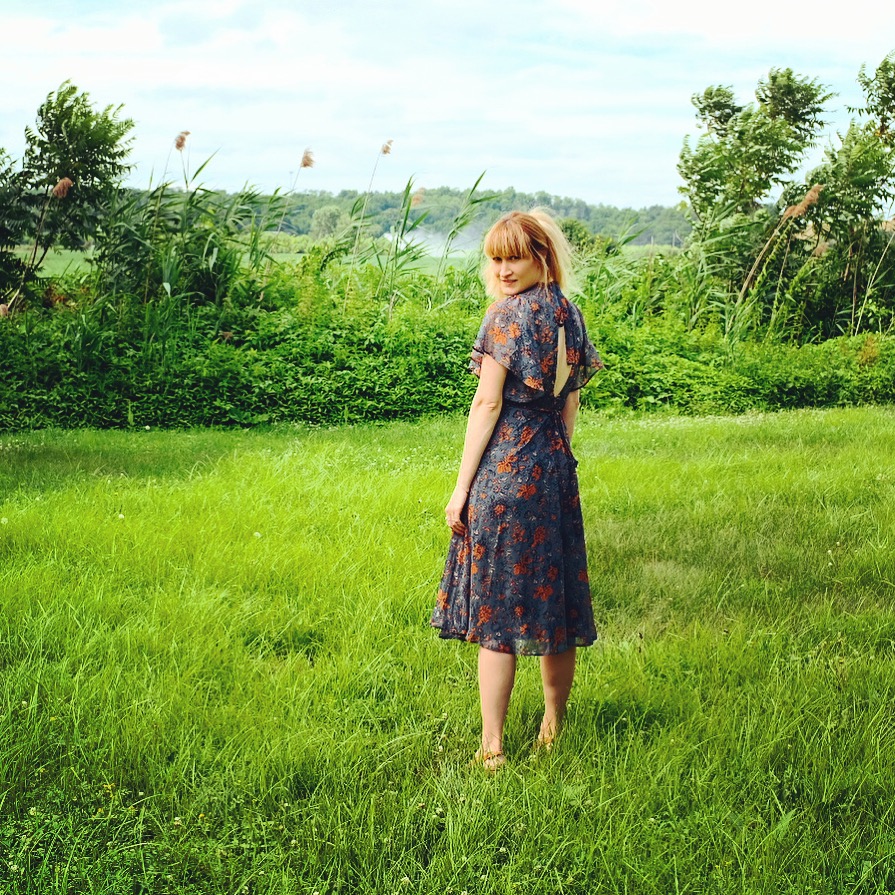Amanda Petrusich
Artist Statement
At The New Yorker, I write primarily about music and culture. I was first attracted to criticism as a way of unpacking the mechanics (both actual and metaphysical) of how art works on us—why it devastates and buoys us, how it can become such a powerful and transformative force, what it might reveal about the human condition. I hope that by figuring out how those pathways function, I might eventually uncover something true and important about the way people live and what we’re looking for. More broadly, the idea of “the quest” also resonates throughout my work, no matter the particular topic—what it means to search tirelessly for something, and how that desire can come to shape the arc of a life.
While at Headlands
While in residence at Headlands, I’ll be working on a collection of essays that I’ve been stewing over for nearly three years now. The idea is to create a book that will explore, via personal narratives and research/reporting, the knotty, variegated idea of epiphany. As a concept, epiphany has religious origins—the Christian Feast of the Epiphany celebrates the revelation of God the Son as Jesus Christ—but the word and its attendant notions have long been applied expansively, employed as a literary device (most famously, perhaps, by James Joyce) or, more often, used to describe a dramatic transformation of any kind. It is, at heart, a terrifically optimistic idea: that everything can change. That tremendous insight can be granted (and received) instantaneously.
Selected Works
“Paisley Park: Prince’s Lonely Palace,” from The New Yorker
“Aretha Franklin is as Immortal as Can Be,” from The New Yorker
“John Cale’s Inventive Retrospection,” from The New Yorker
“Lonnie Holley’s Glorious Improvisations,” from The New Yorker
“In the Land of Vendettas That Go On Forever,” from the Virginia Quarterly Review:
“Night Moves: Preserving the Sublime at the One of the Darkest Places in America,” from the Virginia Quarterly Review:
